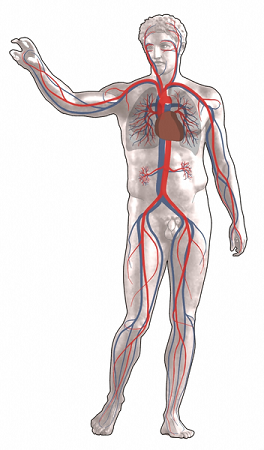Blood is a specialized bodily fluid. It provides oxygen and nutrients to the basic building blocks of our life, the cells. It is made up of two parts, namely; the liquid part called plasma and the cells. An average adult body contains nearly 5 liters of blood making up 7-8 percent of the body weight. This article tries to gain further insight on this topic.
Where is Blood Produced?
Bone marrow is a soft, spongy central section of bones. It contains a special type of cell called the pluripotential hematopoietic stem cell. Any stem cell has the unique quality to get converted into a particular cell with specific functions depending on the requirement of the body.
There are three types of blood cells. They are red blood cells (45 percent of blood), white blood cells (0.7 percent) and platelets (54.3 percent), all produced by the pluripotential hematopoietic stem cell. Along with plasma, these three cells types make up the component blood.
The red blood cells provide oxygen and nutrition to the cells and take away carbondioxide and other waste products away. The white blood cells provide protection to our body against foreign bodies and platelets help in clotting of the blood. Pumping of heart allows blood to reach every corner of the body, through tubes like structures or pathways known as blood vessels.

Top 10 Facts about Blood:
- A molecule called hemoglobin provides blood its red color.
- The pH value of blood is maintained to be between 7.35-7.45. As this value is slightly above 7, blood is alkaline by nature.
- The density of blood is slightly higher than that of water, nearly 1060kg/m3.
- All red blood cells can cover an area 2000 times greater than the external surface area of the body.
- William Harvey in 1628 first described the circulation of blood in the body.
- 55 percent of blood is its liquid part the plasma, and 92 percent of plasma is water, with the remaining 8 percent being essential proteins.
- When 20 percent of blood is lost, an adult starts experiencing initial signs of complications like restlessness.
- Dehydration causes fainting by reducing the water content and hence the volume of blood.
- Blood transports heat to body organs and increase in blood flow to a particular organ makes it warmer. It is an important process in maintaining optimum temperature of the body.
- Leukemia is the technical name for a group of blood cancers.